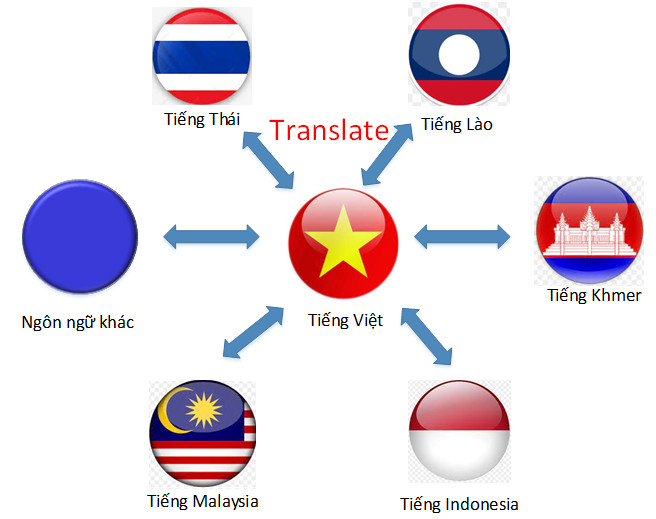
Translating any language into Vietnamese involves several key steps to ensure accuracy, fluency, and cultural appropriateness. Here’s a structured approach you can follow:
1. Understand the Source Text
- Read the full text to grasp the overall meaning.
- Identify the context (technical, legal, literary, casual, etc.).
- Note idioms, metaphors, or cultural references that may not directly translate.
2. Prepare Tools and Resources
- Bilingual dictionaries (e.g., English–Vietnamese).
- Translation software (Google Translate, DeepL, etc. — but only as a starting point).
- Glossaries or term bases, especially for technical or industry-specific content.
- Vietnamese grammar and spelling checkers.
3. Translate the Text
- Start with a draft translation, keeping the meaning intact rather than doing a word-for-word translation.
- Translate idioms and expressions to their Vietnamese equivalents or paraphrase them.
- Pay attention to grammar, tone, and formality. Vietnamese has different levels of formality based on the relationship and context.
4. Edit and Refine
- Review for fluency and naturalness in Vietnamese.
- Check grammar, punctuation, and spelling.
- Ensure consistency in terms (especially in longer texts).
5. Cultural Adaptation
- Modify references, examples, or idioms that may not be understood by Vietnamese speakers.
- Ensure that the tone and style are culturally appropriate.
6. Proofread and Get Feedback
- Have a native Vietnamese speaker review the translation if possible.
- Use professional proofreaders for formal or published content.
7. Final Review
- Compare the translated version with the source to ensure nothing was omitted or misrepresented.
- Confirm formatting and layout are preserved if it’s for publication.
Would you like help translating a specific text into Vietnamese? Feel free to share it.
TDN Translation is a professional translation company in Vietnam.
Each translator on our team has over five years of translation experience.

